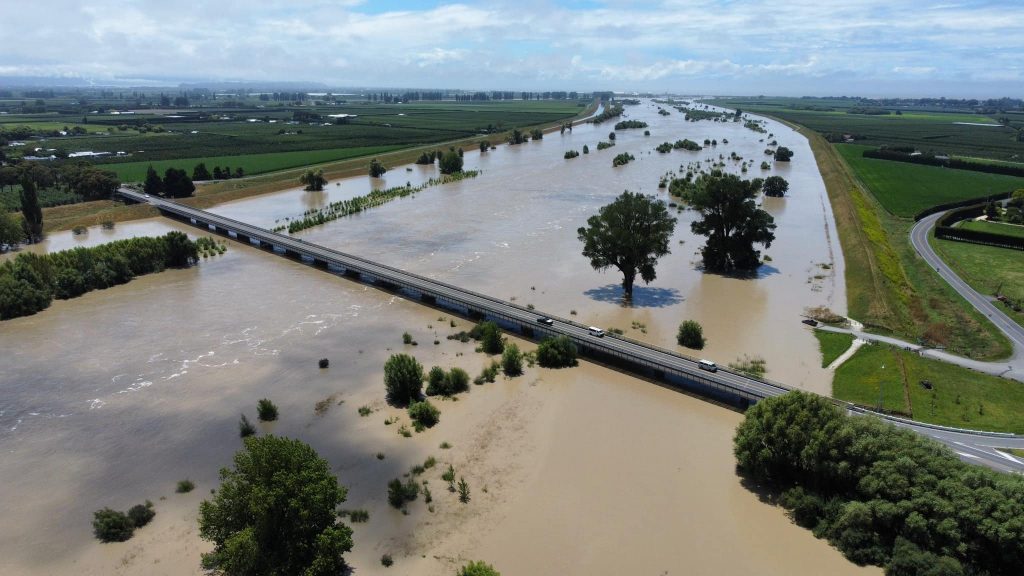A new report on infrastructure vulnerabilities and resilience has been released by the New Zealand Lifelines Council, focusing particularly on the interdependencies between infrastructure sectors

This iteration of Aotearoa New Zealand’s Critical Infrastructure: A National Vulnerability Assessment broadens its scope from earlier releases (2017, 2020), to include Flood Protection, Solid Waste, Fast Moving Consumer Goods, and Financial Payments infrastructure sectors.
The report aims to stimulate awareness, particularly about interdependencies between infrastructure sectors, and drive a change in approach to prioritising resilience investment in infrastructure to best meet our community needs.
Strengthening the resilience of infrastructure is a key focus of Rautaki Hanganga o Aotearoa – New Zealand Infrastructure Strategy. This includes considering the extent to which critical infrastructure networks rely on one another to function. This we experienced this very clearly with Cyclone Gabrielle – where electricity disruptions, for instance, also disrupted communities’ water and communication networks. Climate change is only one of a range of hazards we must plan for – including cyber-security threats, volcanoes, earthquakes and tsunami.
Because our time and resources are finite, interventions need to be planned, prioritised, efficient and effective. The latest National Vulnerability Assessment will help to inform and accelerate our thinking around adaptation. This includes us, as individuals, businesses, communities, and as a nation, better understanding the risks, and deciding what resilience levels we’re willing to accept and pay for. Resilience needs to be properly integrated into the investment, planning and recovery frameworks, as well as maintenance strategies, of critical infrastructure owners – at local, regional and national levels. The report says that regional infrastructure resilience business cases would help support and prioritise across infrastructure systems.
The report is available to read on the New Zealand Lifelines Council website: NZ Lifelines – Home








